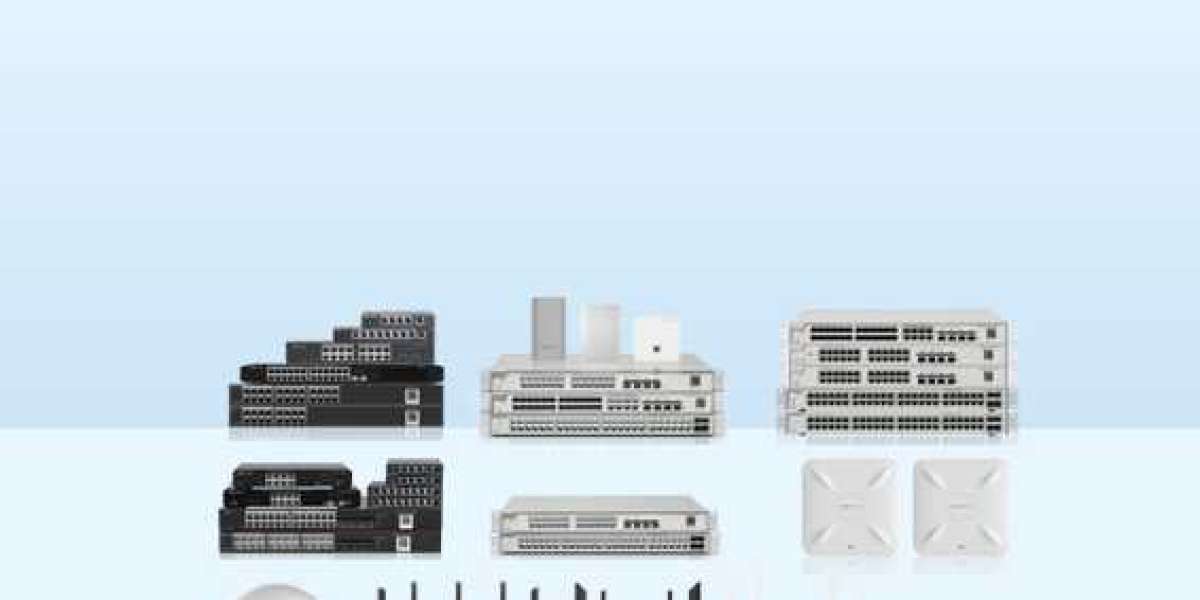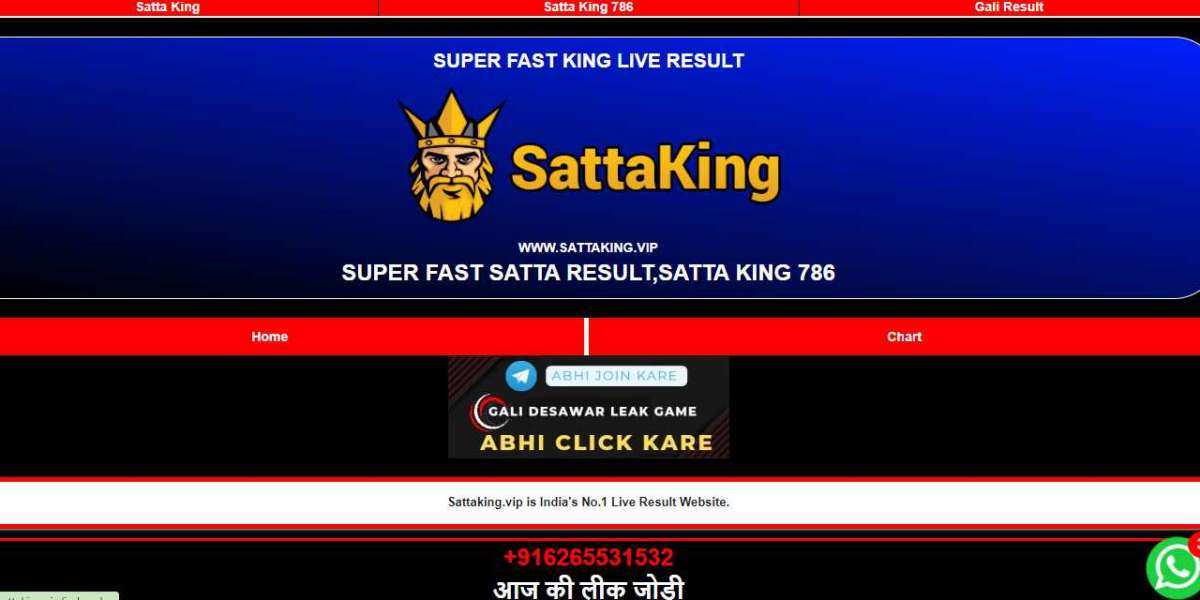Power over Ethernet is the process of transmitting power and data through an Ethernet cable.
This allows a single cable to provide data connection and power for PoE devices, such as security cameras, wireless access points, and PoE network switches.
The equipment that can work with PoE is called power supply equipment (PSE), power supply equipment (pd), and sometimes both. The equipment responsible for transmitting power is PSE, while the equipment being powered is PD.
In order to understand the working principle of PoE, let's quickly understand the working principle of Ethernet cable itself.
In a standard cable, you will find 8 individual wires twisted together to form 4 pairs. When there is only 100 MB network, only two such pairs are used for data transmission. The remaining two pairs can be used for power supply.
Considering that most networks currently support speeds up to 1000 mb, they will inevitably have higher requirements and must utilize all four pairs.
Of course, there is no AC left.
The principle of power supply via Ethernet is to inject about 48 volts into the cable. This is a particularly low power output to ensure all safety, while also providing enough power for your equipment to make it work effectively.
Like wireless and other protocols, PoE must meet some standards. The two most common types are 802.3af and 802.3at.
802.3af is often called PoE, while 802.3at is called PoE+.
The difference between the two is the power that the device can use when powered by PoE.
802.3af can only consume 15.4 watts of power at most, while 802.3at has almost doubled at 30 watts of power, which makes it a more flexible standard when selecting which devices to connect.
The two most common PoE devices in home networks are network security cameras and wireless access points.
Both usually have higher power requirements, which is why I recommend using PSE devices that support at least 802.3at standard.
PoE switch and PoE injector
Well, you have decided to use PoE to provide power for network switches, but what do you really need to set up everything?
The most important thing you need is a compatible switch, which can actually be powered by PoE. For most people, I would recommend the Ubiquiti US-8 uniifi switch, but if you need more ports, the Ubiquiti US-24 uniifi switch is the best choice.
The switch has a port for receiving PoE and a separate port for providing PoE to other devices such as security cameras or wireless access points.
However, connecting a common Ethernet cable to a PoE switch is still not enough, so you have two options.
The first, which I don't usually recommend, is to buy a second PoE switch. You can plug in and use the mains power to power it. This is not very convenient and will ultimately cost more than other options.
Another option is to use the so-called PoE injector.
These work by using an Ethernet cable to make non-PoE compatible switches work with PoE devices (including your PoE switch).
They are easy to install, while allowing you to expand your network and reduce costs by eliminating the need to purchase additional switches or other network hardware.
To use the PoE injector, just connect an Ethernet cable from the router to the PoE injector, and then connect the second cable from the injector to the PoE switch.
PoE injector really needs AC power supply, so why use one of them when you can plug the switch into the power supply?
If you think about it carefully, using PoE injector can make you more flexible in locating everything. Yes, the fuel injector needs to be close enough to the power socket, but you can also connect a long Ethernet cable from the fuel injector to any place where you want to place the switch.
Considering that the length of an Ethernet cable can reach 100 meters, you can put your switch anywhere you want at home.
The most important information is that it is much easier to run a long Ethernet cable than a long AC power supply.
Final idea
All network switches need some form of power to operate. Although most people will use AC power, there are other options available.
USB powered network switches are generally not recommended, because you will be limited by the power that USB can provide, so the switches are usually not very good, and the number of Ethernet ports is also limited.
If your switch does not have an available power socket, power over Ethernet is definitely an option. Remember that you will need a PoE compatible switch, and probably a PoE injector.
This will allow you to set up your switch anywhere you want in your home and make it powered by an Ethernet cable.


